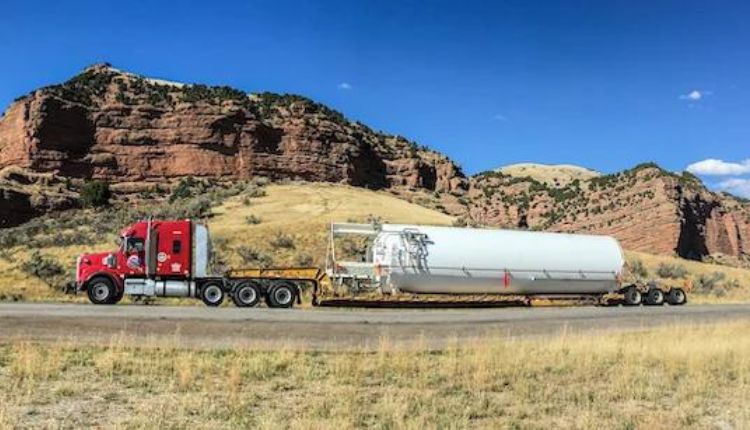From Point A to Point B: Five Logistics Intricacies
When you carry goods between cities, countries, and continents, there are no minor details. You should think over everything: from the type of transport by which the goods will be delivered to the place of their storage and accompanying documents to be drawn up thereto. Logistics handles each of these problems.
Car of Flight?
One of the most important problems to be solved by specialists of transport and logistics companies is the selection of a correct mean of transportation. There are four types of freight transport depending on the transport type:
- Road. This is the most popular option. Its advantages include the great choice of vehicles that allow solving different problems, heavy payload of vehicles and promptness resulting from a composite transportation network availability. By the way, only this type of freight transportation allows door-to-door delivery.
- These deliveries are optimal for intercontinental transportations. The key advantage is an impressive carrying capacity. Just a fact: one container may accommodate up to 27 tons of cargo, and one ship carries hundreds of such containers.
- Railway. It is used if a transportation of heavy goods is needed between the countries but in one continent. The carrying load of a freight car ranges between 66 and 220 tons, and, generally, there are from 25 to 75 cars in a train.
- Air. This way of goods transportation is proved to be the fastest but also the most expensive. Air delivery is used to handle urgent tasks and in cases where no other transport is available for the goods (e.g. there are no ports, railroads, or motor roads in a region.)
Correct Route
A skillful development of a route ensures not only the fast delivery but also safety. For example, machine tools and apparatus over 4 meters in height may not be transported under certain bridges and across the areas with power lines. At the same time, any equipment that exceeds the vehicle for over 2 meters in width cannot be transported by traffic-burdened roads safely.
Consignment Storage
In case of long-distance delivery there is a usual need for transhipments and cargo warehousing. Consignment storage means that the entire liability for preservation and safekeeping of the goods lies with freight forwarding and logistics companies. In addition, there might be a need in additional warehousing services such as consolidation.
Customs Clearance
Any goods may cross the border of another state only if they are accompanied by the correctly executed shipping documents.
Indemnity Guarantee
Carried goods have a huge value: any loss or damage thereto will result in huge losses for the consignor. To avoid this, any cargo is subject to insurance. A maintained insurance guarantees that in case of any force majeure, the owner will be indemnified.



